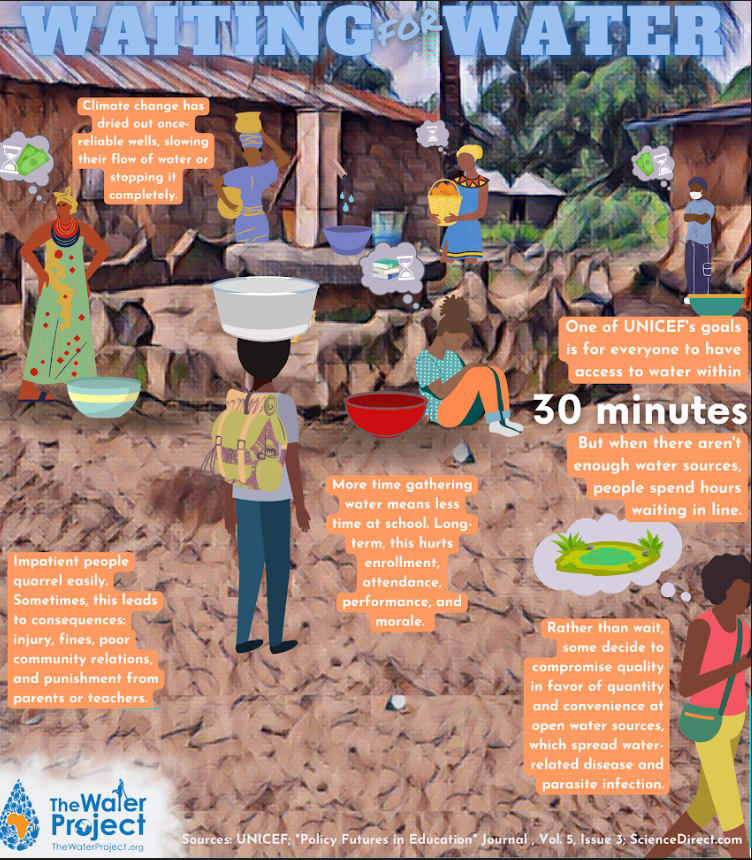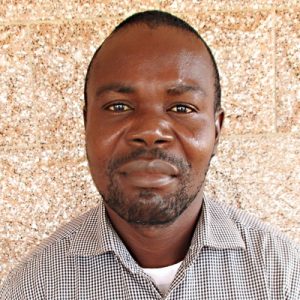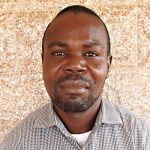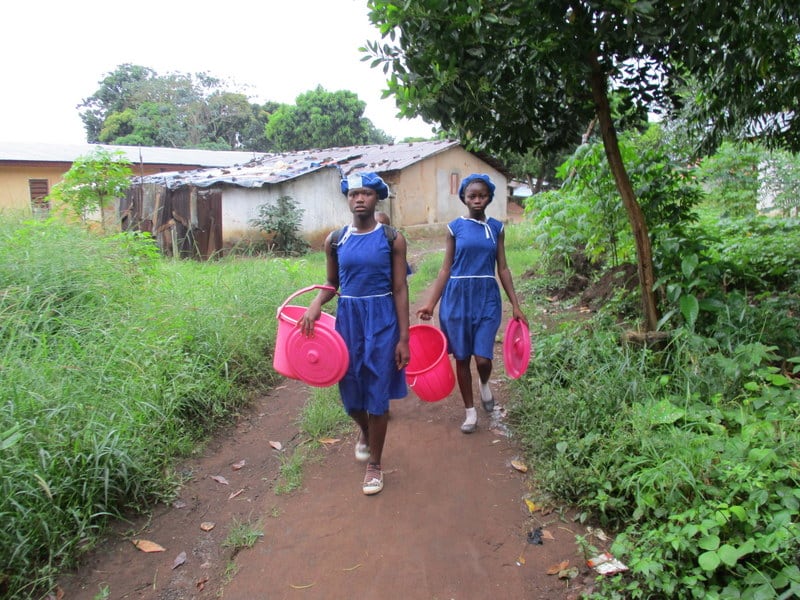SLMB Primary School was constructed in 1994 with the support of an organization that has embarked on school-building as far back as before the civil war. In 1999, only two classrooms were completed and temporary structures were erected to accommodate the population of students.
The school started with 250 students and 10 teachers. It was during the regime of the late Paramount Chief Komkanda that the school became recognized and approved by the government. The school has a present population of 482 students with 8 classrooms and 2 offices.

The school is located on a three-acre plot of land, but over the years due to encroachment from all the four corners the land has been reduced to less than the original size. The field is in front of the school with the water well at the outskirts of the land. The well was constructed on the boundary so the community can fetch water during school hours and not disrupt the learning process.
This well was never dug deep enough to last through the seasonally receding water table. Students must then turn to another open well located at the residence of the headmistress. They must use a rope and bucket to get the water. The fetcher pulls the rope while standing on top of the well base. The feet are positioned two or three feet apart to shoulder width for a firm grip on the cement base with bare feet. A thick nylon rope is tied to the end of a five-gallon container with two holes placed at each side of the container.
The container is lowered until it reaches the bottom. Once filled, it is pulled up and transferred to the container to be carried home. The well is 40 feet deep and a small child cannot hoist the container. With the well base being soaked repeatedly, it becomes too slippery from the wasted water, making it very risky for any person that fetches water.
All of this is done to get water that is open to contamination, thus unsafe for drinking.

The nearest protected water well is located across the street and through some homes. The well is privately owned and operated. They open when they choose and close when they please. In addition to limited access, the road is very busy and poses a risk to the students if they have to cross it on a regular basis.
Headmistress Rosalyn Emma Kamara has worked at the school since 1994. She shared her experiences about how the lack of resources at the school has impacted the students over the years.
I started out as an unqualified teacher and over the years have worked my way up the ranks to finally head the entire school. I have seen my share of good times and bad times. Throughout the years I have seen children with great potential fall through the cracks and never make it out of primary school. It is a sad situation when there is nothing you can do for a vulnerable child. I have seen children come to school with minor to major ailments ranging from skin rashes to severe bouts of typhoid and malaria.
A day never goes by without having handfuls of students absent from school. In some households, children are not provided with a plate of food, Instead, they eat the remnants [leftover by] adults. In most cases, the spoons and cups are reused by the children without washing. Whatever infection the adult has will be most likely be transferred to the children because of a weak immune system.
We have to make sure the children are properly cared for in order for the school and community to curtail the rate of infections. The best we can do for our students is to empower them with proper knowledge about hygiene and sanitation. In turn, they can teach their parents or legal guardians.
Here’s what we’re going to do about it:
Well Rehabilitation
The well marked for this overhaul is dry for multiple months every year and needs major work to supply adequate, clean water to the school year round. The pump will be removed, and a hand auger will be lowered inside and powered by a drill team. This hand auger will allow the team to drill several meters deeper to hit a sufficient water column that will ensure the well supplies water throughout all seasons.
As the team drills, casing will be installed, transforming the bottom of this hand-dug well into a borehole. PVC piping will connect this lower system directly to the pump, a construction that we know will also improve the quality of water.
Once this plan is implemented, everyone within the community will have access to safe drinking water in both quality and quantity, even through the dry months.
Hygiene and Sanitation Training
There will be hygiene and sanitation training sessions offered for three days in a row.
No handwashing stations were observed here. After our visit, the hygiene and sanitation trainer decided it would be best to teach community members how to build a tippy tap (a handwashing station built with a jerrycan, string, and sticks). They will use these tippy taps for handwashing demonstrations, and will also teach about other tools like dish racks and the importance of properly penning in animals.
These trainings will also strengthen the water user committee that manages and maintains this well. They enforce proper behavior and report to us whenever they need our help solving a serious problem, like a pump breakdown.

 Borehole Well and Hand Pump
Borehole Well and Hand Pump





























